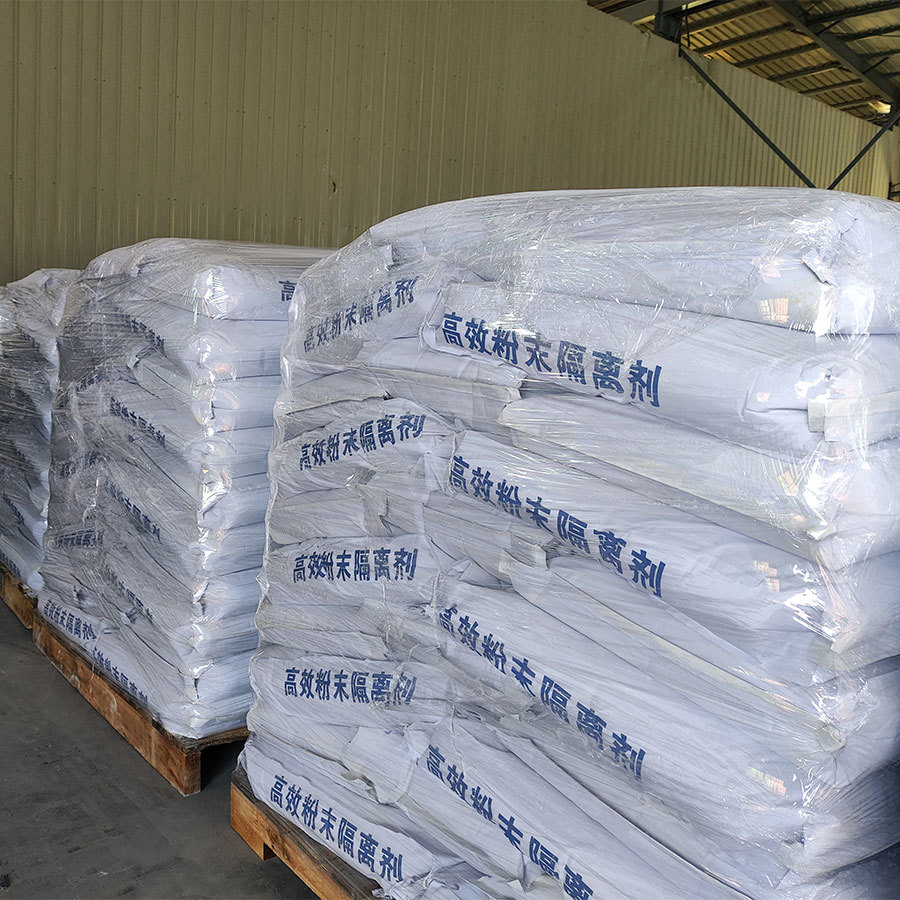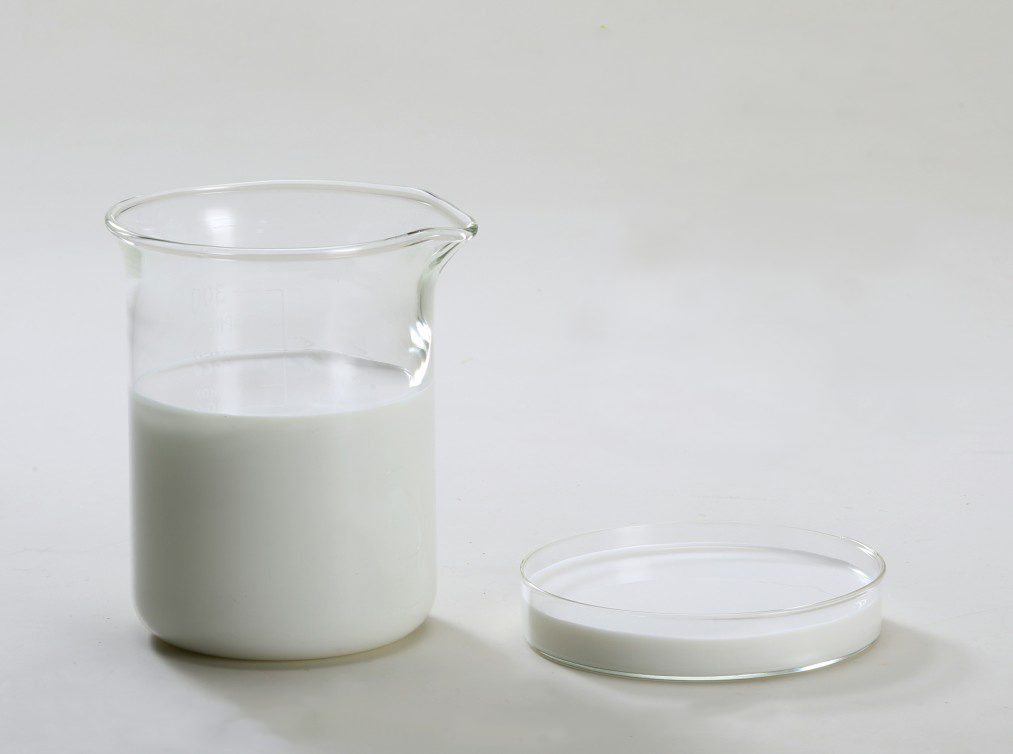Conditions for the selection of isolating agents and methods of use
How do you define the quality of the isolation agent, and what is the difference between a good tire rubber isolation agent and a bad one? The following isolation agent manufacturers will take you to see what kind of conditions the capsule isolation agent has. 1. Under normal mixing process conditions, it is necessary to have fast air-drying speed and meet the process requirements of the workshop. The aqueous solution under reasonable ratio and mixing process conditions should be free of foam or low foam, otherwise it will affect the production of the workshop. 2. The aqueous solution under reasonable ratio and stirring process conditions does not precipitate in the production or intermittent stage of production. The aqueous solution of reasonable ratio of isolation agent can not have a great influence on the vulcanization performance of rubber, and can not have a negative effect on the physical properties of vulcanized rubber. Attention should be paid to the adhesion between steel wire and rubber. 3. After passing through the isolating agent tank, the surface of the film is stained with a thin elastic layer of isolating agent to realize the separation function of the mixed rubber sheet. On the premise of achieving the separation effect, the thinner and less isolating agent should be the better. The conditions for the capsule spacer are the three items described above. Here's a look at how to use: 1: Dip coating: suitable for bicycle tires, car tires, motorcycle tires, etc. Dilute the isolation agent with tap water to the corresponding concentration and place it in a boat-shaped container (the container can be made of stainless steel or plastic). The hot water tire can be soaked in it for more than one circle and dried before use. Reference application concentration: 1:6~7 (isolation agent: water), dip coating times off. 1:2~3 (isolation agent: water), dip coating for four times. 2: Brushing or spraying: suitable for automobile tires vulcanized with capsules. Dilute the isolating agent with tap water to a corresponding concentration of 1:1.5~2.5 (isolating agent: water), brush or spray it on the surface of the capsule, and put it into the tire blank for vulcanization after drying. Generally, it is applied for 4~5 times. If water tire is used during vulcanization, it can be smeared or sprayed. Refer to application concentration: 1:6~7 (isolation agent: water), apply and take off times.
Key words:
2024/02/21
Separator manufacturers: the reasons for the different prices of rubber separators
Rubber release agent is mainly used in industry. Its purpose is to prevent film adhesion, improve production efficiency and reduce production costs. Prices vary in different regions. So, what is the reason for this different price? Does it have an impact?
Key words:
2024/02/21
- All
- Product Management
- News
- Introduction
- Enterprise outlets
- FAQ
- Enterprise Video
- Enterprise Atlas
More recommendations






